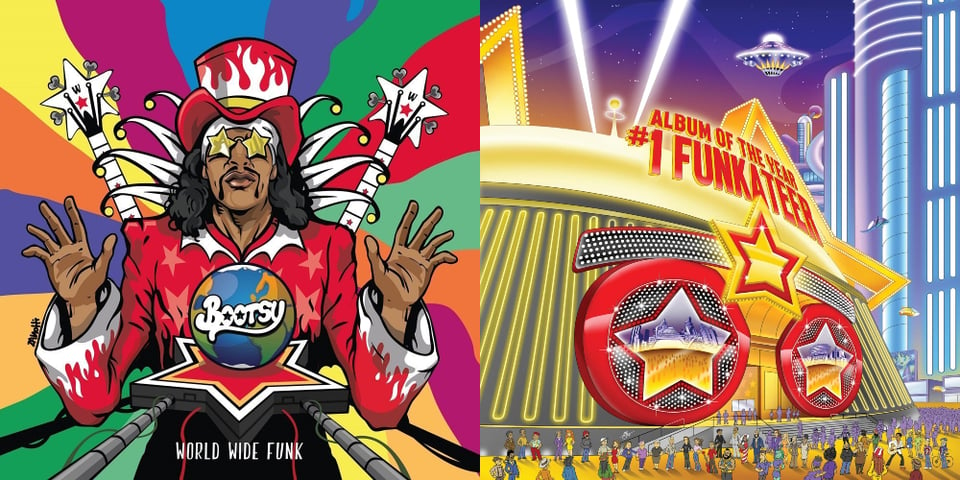Has "Cloud Atlas" Become a Genre?
Thanks for reading my newsletter! If you wanna consume even more of my words, I have a novel coming out in August. It’s called Lessons in Magic and Disaster, and it’s about a young trans witch who teaches her mother how to do magic. Kirkus just gave it a very eloquent starred review, which called it “thoughtful” and “impactful” and said that there is “much to ponder, much to cry about and rage against, much to appreciate.”
You can pre-order it anywhere — but if you pre-order from Green Apple Books, I’ll sign and personalize with a cat doodle. And if you pre-order and submit your receipt to this Google Form, I’ll send you a PDF of bonus material from All the Birds in the Sky plus a novella-length glimpse of the sequel in progress, All the Seeds in the Ground. (Details here.) Thank you!
How Cloud Atlas Is Shaping a Generation of Authors
Cloud Atlas by David Mitchell is one of the most influential books of the 21st century — it looms so large, in fact, that it's hard to believe it's only been around for 21 years. My own novel All the Birds in the Sky boasts a front-cover blurb comparing it to David Mitchell's masterpiece, something I’m super proud of. But lately, I've been thinking that Cloud Atlas has grown beyond being simply an influence and become something more like a genre.
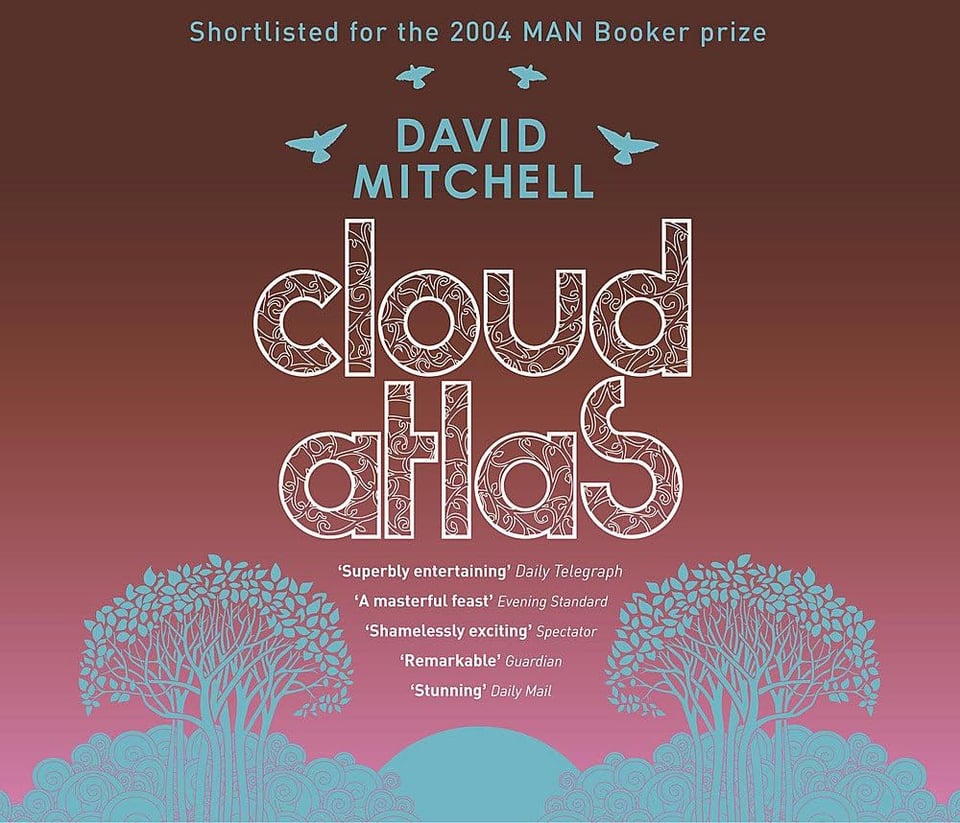
In case you’ve somehow missed hearing about it, Cloud Atlas is an audacious book that weaves together six storylines about oppression and discovery. One of them is in the mid-nineteenth century, two are in the twentieth century, and a fourth is in the early twenty-first. Two more storylines are set in the future, including a very distant post-apocalyptic future. The storylines are linked by a comet-shaped birthmark that someone has in each of the timelines, and by characters reading each other’s writings across time.
That structure — weaving together past, present and future in storylines that are linked thematically — had a huge impact on a lot of people, though I’m sure Mitchell wasn’t the first to do something along those lines. Lately, I feel as though I’m constantly seeing books that are described as “Cloud Atlas meets ———————.” And I’m also coming across a steady flow of books that use that time-spanning structure, though not always with six whole storylines. I also feel like Cloud Atlas has become a shorthand for “genre-hopping novel with literary aspirations.”
As I've said before, this is how genres happen: a book comes along that everybody loves so much, they want more of the same. And “more of the same” leads to the use of tropes or devices that are reminiscent of that influential work.
To find out more, I talked to four authors of recent books that seemed to bear a clear influence from Cloud Atlas. Here's what they told me.
Conscious influence
“I conceived of Down in the Sea of Angels as Cloud Atlas meets X-Men,” says Khan Wong of his brand new novel. Down in the Sea of Angels is about Maida Sun, who can touch any object and see the stories of anyone who’s interacted with it in the past. Maida’s story in 2106 becomes intertwined with stories of a girl in a 1906 brothel and a tech worker in 2006. Wong describes it as “a time-hopping dystopian fantasy about psychic powers, liberation, and our interconnectedness through time.”
Wong says that he started out doing something more similar to Cloud Atlas’ format of six storylines spanning vast periods of time. But as he developed the novel, he “scaled it back, “both in terms of the span of time and the number of storylines and genres.”
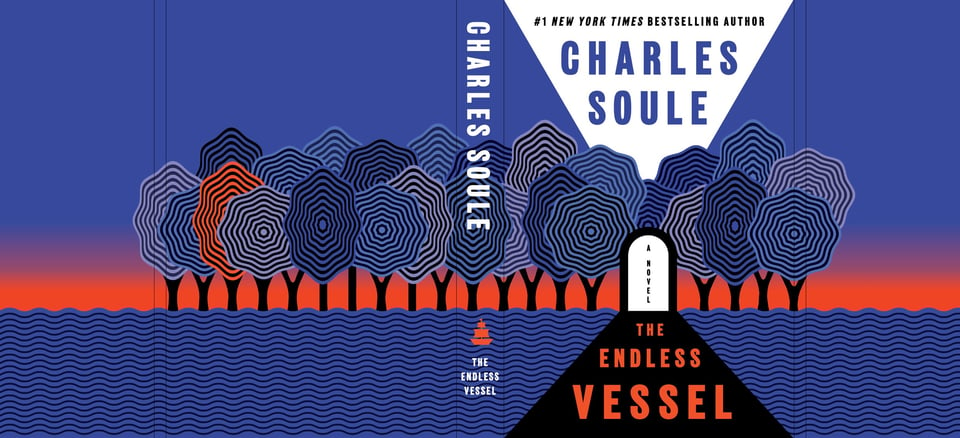
“I've been reading and loving David Mitchell's fiction ever since Ghostwritten — he's one of my biggest influences as a writer,” says Charles Soule, author of The Endless Vessel. “The fingerprints of Cloud Atlas are all over The Endless Vessel.” The Endless Vessel weaves together a near-future plague of nihilism, a terrorist organization called Team Joy Joy, and an 18th century project to create a ship that sails forever.
Soule adds:
When I began building The Endless Vessel, I knew I wanted to go big, to push myself. I wanted to create a book that was propulsive and engaging, but also tried things, spoke to the moment, spoke to me, hopefully spoke to anyone who read it. I also wanted to write a book where I could do absolutely anything, and maybe get a sailing ship in there. In other words, I wanted to write my version of Cloud Atlas. Did I succeed? Of course not. I wrote The Endless Vessel, which is its own thing. But I'm pretty sure that I wouldn't have even tried to write The Endless Vessel, and take the swings that book's story takes, if Cloud Atlas hadn't opened the doors of possibility for me.
Some folks hadn’t read Cloud Atlas yet
“Often, when a writer is asked about influence, they will scoffingly reply that they have no influences; they are sui generis, thank you very much; utterly original; totally unique,” says Namwali Serpell, author of The Old Drift. (And then, she adds, people will usually point out an obvious antecedent, at which point the author will grudgingly concede that perhaps there was a precursor after all.) For her part, though, Serpell “happily and publicly call Cloud Atlas an influence” on The Old Drift. Her award-winning novel follows three generations of three interwoven families in Zambia, through the early days of colonialism into the near future where a totalitarian regime deploys tiny “microdrones.”
And yet, says Serpell, “I read Mitchell's novel after I had already conceived my own multigenerational and multigenre structure.” She started working on The Old Drift when she was in college, back in 2001, a few years before Cloud Atlas was published, and her earliest drafts already “had this formal play with time and genre.” She adds, “My notes date a complete outline of the whole to 2005, and I remember reading Cloud Atlas in my Berkeley apartment, which means some time after 2008.”
Similarly, Roisin Dunnett says, “When I first started writing A Line You Have Traced, I had not read Cloud Atlas, although I’m certain that as such a well-known multi-genre speculative fiction work… its influence had trickled down to me.” A Line You Have Traced takes place in 1920s London, where a young Jewish wife sees ghosts; present-day London, where a young queer person believes time travelers are visiting; and the far future, where a collective are planning to use time travel to avert humanity’s end.
“While I was writing my first draft I decided to read Cloud Atlas as part of my research,” adds Dunnett. She says she was “genuinely surprised and intrigued by the book’s structure, the exploding and imploding, the unfolding and folding up again.” She says she found Cloud Atlas “straightforwardly very enjoyable to read. It always felt like a wrench to leave one voice and section, before being drawn into (or back into) the next.”
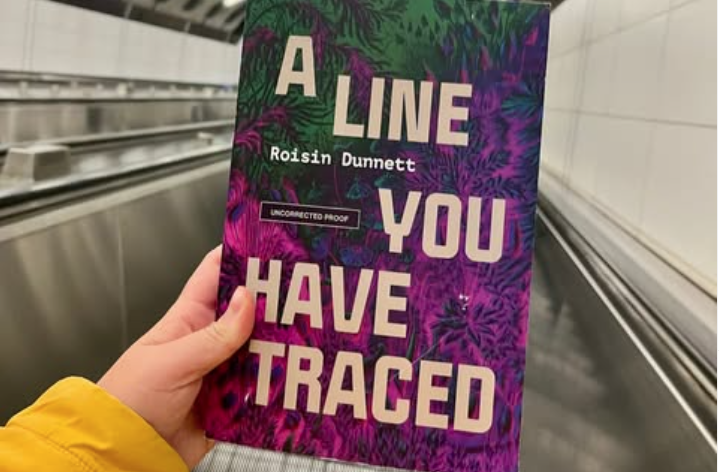
Why Cloud Atlas holds such sway
Science fiction has been obsesed with the grand sweep of history forever: see The Time Machine by H.G. Wells, but also Last and First Men by Olaf Stapledon and other huge future histories. Where Cloud Atlas feels innovative is in wrapping together past and future and making them both feel foreign and thematically linked.
Says Soule, “Cloud Atlas is about the way ideas move and change over time, over generations, over millennia, creating unbroken silver threads of thought that tie us back to our earliest versions of ourselves and who we'll eventually become. We are all connected by the things we think, the things we create, the things we lose and the things we fight to keep. I think all of Mitchell's work is about that basic concept, one of the truest ideas of all — we're all from the same place, and we're all going into the future together.”
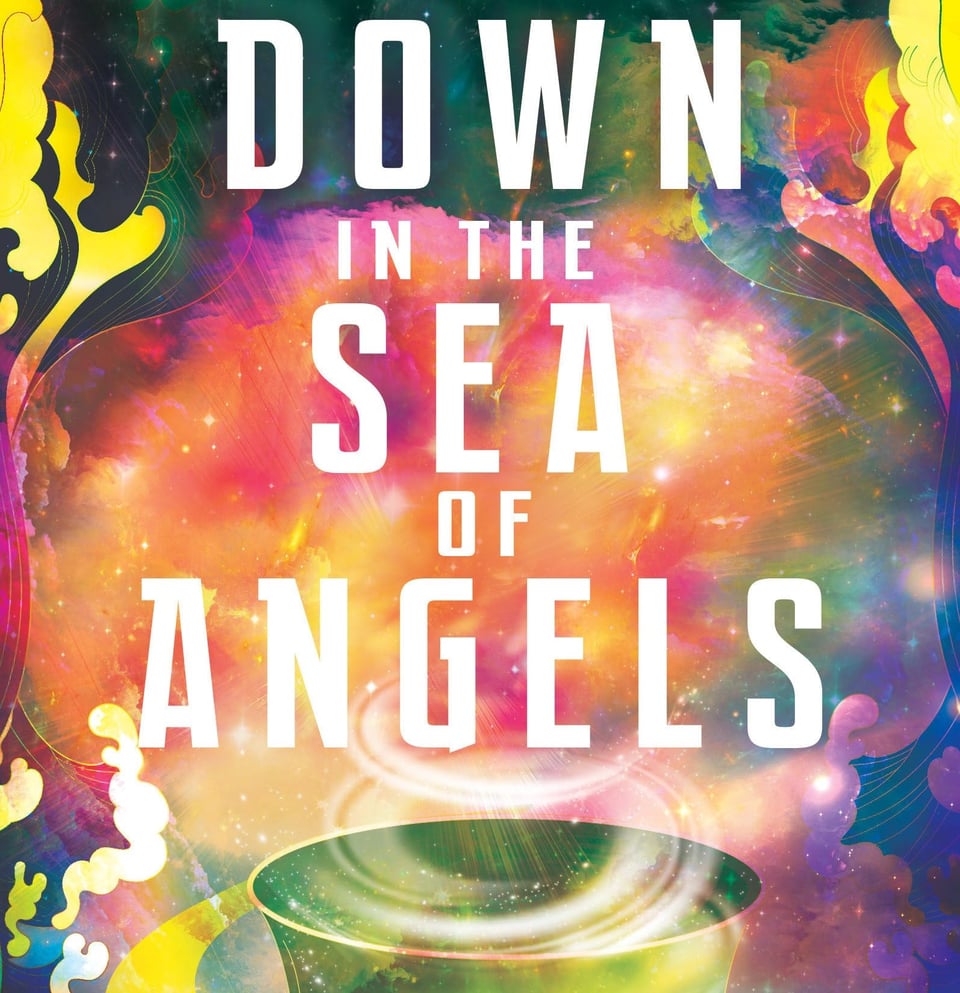
Says Wong, “The most significant Cloud Atlas element for me was the way it used these period-specific and personal stories to look at the grand arc of history.” This is elevated, he feels, “by the use of different genres for each character/time period, and the sort of mosaic approach to the storytelling.”
“Stories about people in the past, present, and future gain their power from showing the long-term impact of decisions and actions taken even by ordinary people,” says Wong. “And, in the contrasts and echoes of their different realities, even if they exist in the same place, meaning arises. Such stories are also powerful for showing, whether implicitly or explicitly as I attempted to [in Down in the Sea of Angels], how we all exist in an eternal Now.”
“I found that way of looking at cause and effect through history quite depressing, which I’m certain was the author’s intention,” says Dunnett. She adds that she takes “a more ‘optimistic’ view with my own interlinked timelines in A Line You Have Traced.”
Even though Serpell discovered Cloud Atlas long after she started The Old Drift, it’s still the book that “sealed my relationship with my agent” of the past fifteen years. “We discussed it at length over a lunch, and I knew we were a perfect match.”
And Serpell found Cloud Atlas helpful as she revised The Old Drift — and for explaining to other people what her own book was about. “When revising, I was often trying not to be like Mitchell,” she says. “Sometimes trying to avoid what I saw as flaws (the birthmark link), sometimes trying to lean into them (exaggerated, even "bad" genre tropes).”
Serpell adds:
It was great to have an alternative to play things off of as I finished the novel, and it was really nice to have a sense that I wasn't alone doing this genre-combinatory thing. It made me more confident that [The Old Drift] could work. I like to think of Cloud Atlas as an older sibling text rather than a parent, but it's maybe more fun to think that Mitchell's games with time mean that influence can work backwards — this seems to be one implication of the "Cloud Atlas Sextet" in the novel, after all! However one imagines literary influence works, I'd say that, fundamentally, the existence of Cloud Atlas in the world made me feel a thrilling sense of freedom as a writer.
Music I Love Right Now
Bootsy Collins has had an incredible run in the twenty-first century. The veteran bass player and P-Funk icon would be a legend even if he’d stopped recording in the 1990s, but instead he’s released a string of brilliant albums and also produced/facilitated some fantastic stuff. (Seriously, go to fortheloveofking.com/shop and order the CDs of “Freedom of Funk,” “Party With Power” and “Funk on Fire”. They’re incredible and I wish they were available digitally.)
Anyway, Bootsy just released a new album called Album of the Year #1 Funkateer, and it’s pretty great. Above is the music video for one of the album’s best songs.
There are two ways of looking at Album of the Year:
On its own terms, it’s a solid collection of bangers plus a few nice slow jams. It’s fun and decently ear-wormy and will absolutely make you get up and shake your stuff.
If you compare it to other Bootsy releases of the 21st century, it falls a bit short tbh. Bootsy is playing it a bit safe here, there are no real surprises, a few of the songs borrow liberally from past Bootsy tracks (including a couple retreads of songs from his previous album.) Also, there’s just not enough killer basslines for an album from one of the all-time great bass players.
This feels a bit unfair — but if Bootsy hadn’t spent the past twenty-five years consistently innovating, then I would probably like this new album a lot more. If you haven’t listened to any recent Bootsy stuff and want to start somewhere, his 2017 album World Wide Funk is still one of my favorite P-Funk releases of all time — including the 1970s stuff. (Seriously, I cannot overstate this. World Wide Funk is a phenomenal achievement, with some of the best bass playing ever by Bootsy, but also folks like Victor Wooten, Stanley Clarke and relative newcomer Alissia Benveniste. And the lyrics are diamond-sharp.)
But if you already have every other Bootsy release and just want a funky good time, then Album of the Year #1 Funkateer won’t let you down. It’s Bootsy clearly having a good time and putting out some highly danceable jams with some friends and family. I like it a lot, I just wish I loved it.
